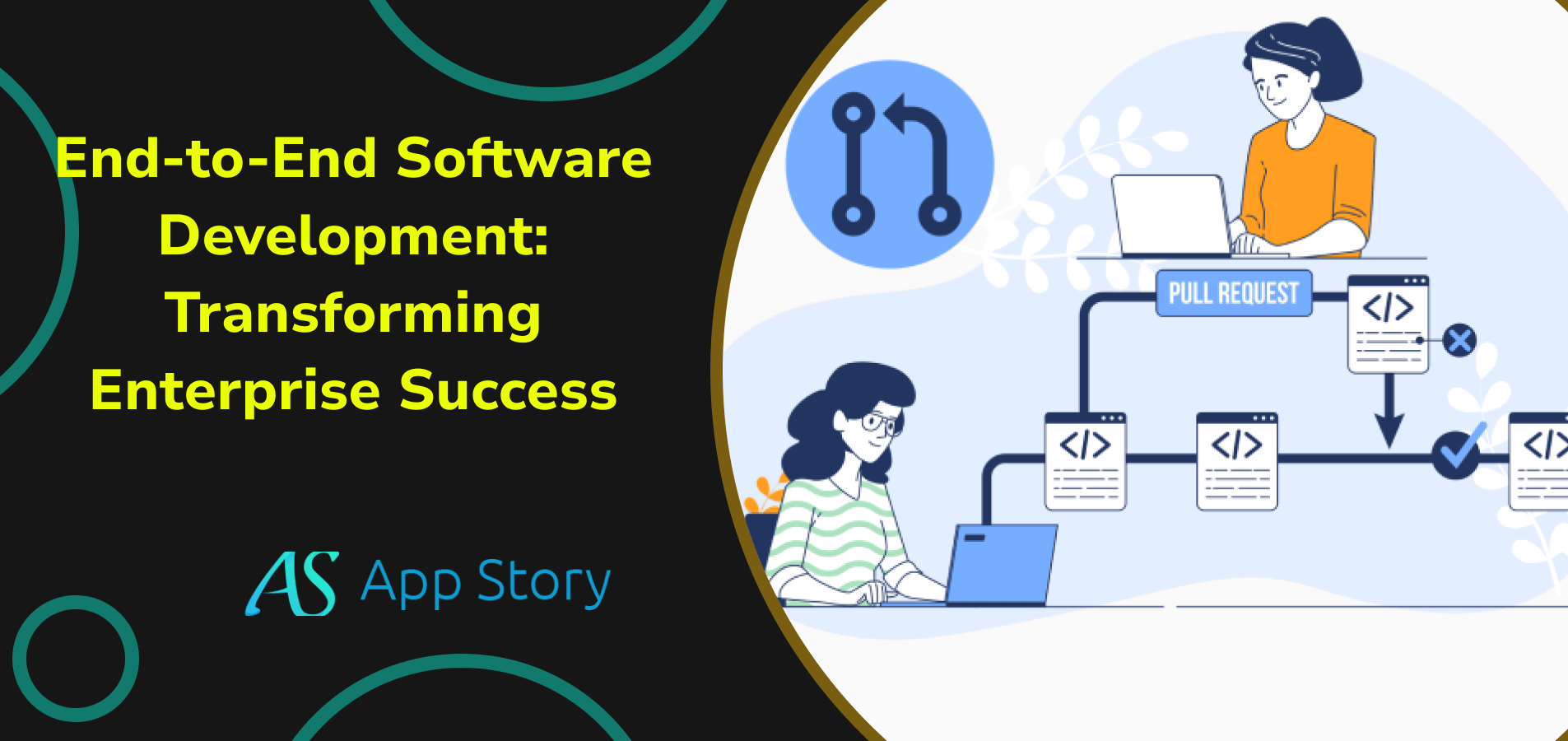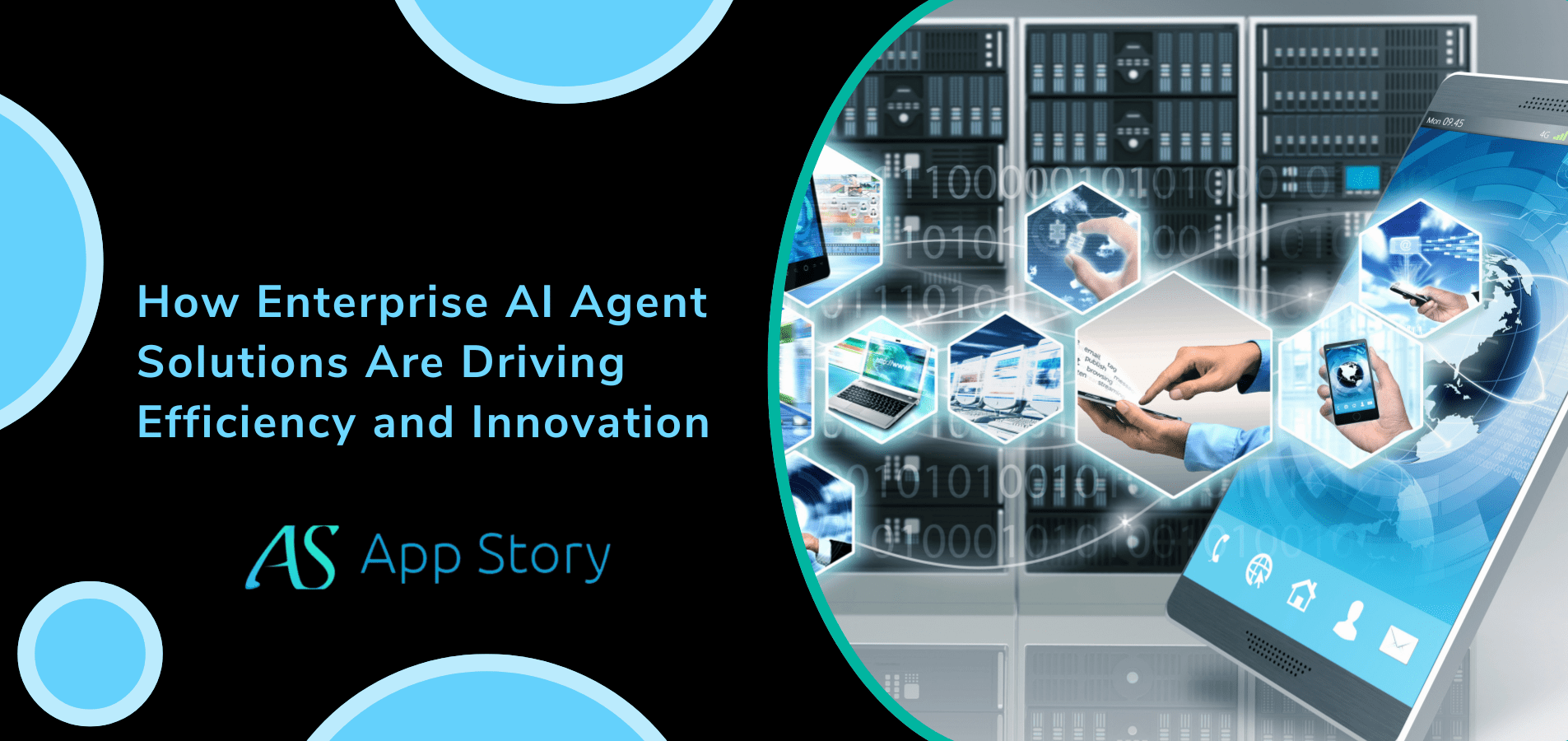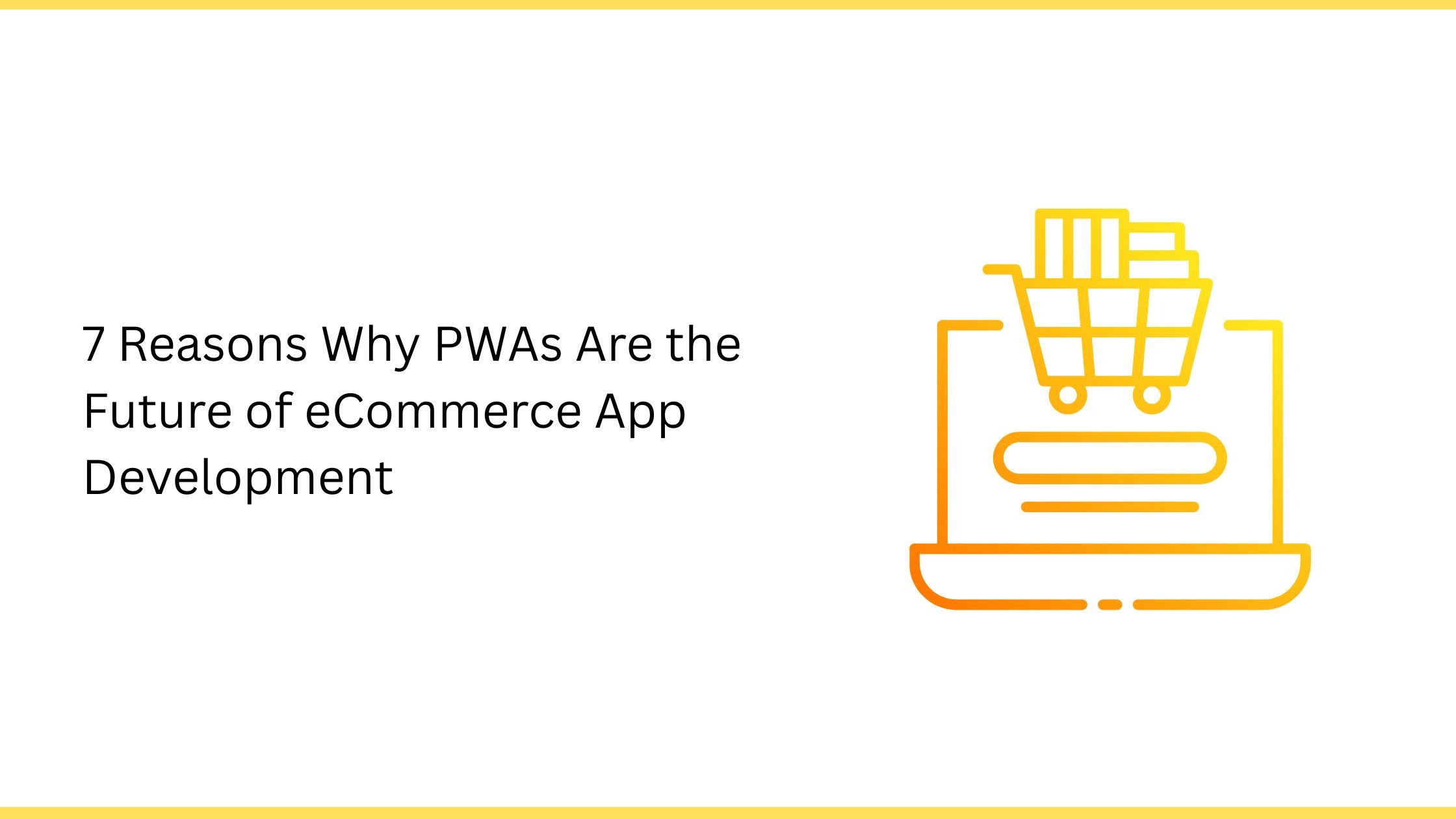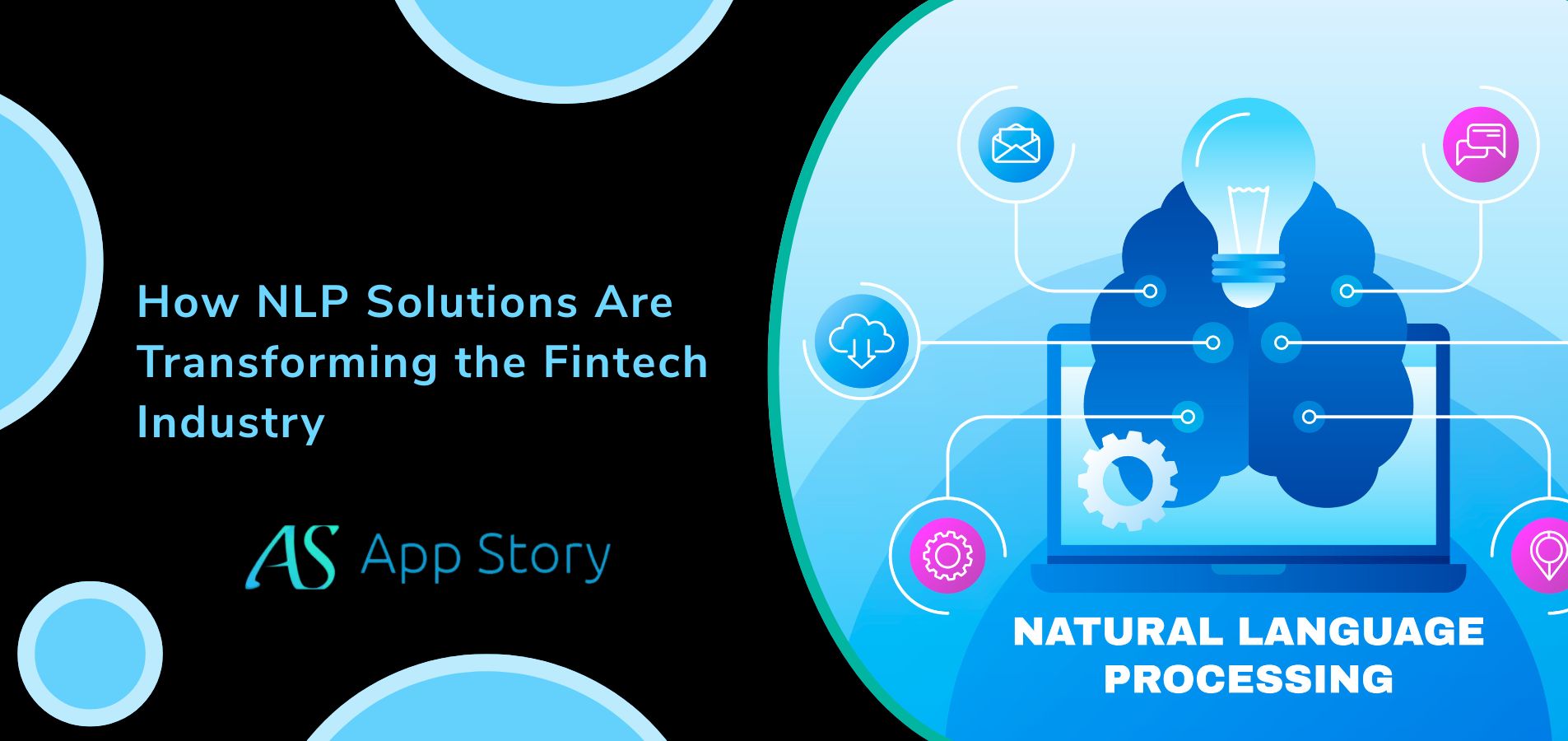Introduction
Businesses of all sectors are facing immense competitiveness in terms of delivering exquisite customer experiences. This needs to be done through innovation, scaling, and having seamless operations in place. If you are in the same scenario and thinking what can be the best solution to get started with the same, then you must consider going with end-to-end software solutions.
As the demand is increasing, the end-to-end software solution market will certainly cross 896 billion USD by the year 2029. This shows how enterprises are leaping on to it that covers every aspect right from vision to maintenance including detailed development of the customized software.
To make it more clear, below we are going to discuss all the aspects related to the benefits of choosing an end-to-end software solution and how to go about it. Read on.
End-to-End Software Solution: A Brief Overview
It is basically a detailed approach where a qualified and experienced team takes care of all the aspects related to software development life cycle. This means you get expertise for all the important steps including initial conceptualization to deployment and lastly maintenance.
This means that this approach is quite different from the diversified ones where you hire different vendors for separate tasks related to software development. This can cause issues like delays, miscommunication and even inconsistencies. If you are thinking SDLC through an end-to-end approach can make a difference, then below we have it all answered for you. Read on.
The Software Development Life Cycle: Why Integration Matters
Stages in the software development life cycle include requirements gathering, design, development, testing, deployment, and maintenance. When you integrate this approach, it guarantees:
- Consistency in vision and execution: The original business objectives are maintained throughout the SDLC.
- Efficient resource utilization: Redundancies are minimized, and resources are allocated optimally.
- Enhanced communication: Cross-functional teams collaborate seamlessly, reducing the risk of misunderstandings and errors.
Chart 1: Stages of the Software Development Life Cycle in End-to-End Solutions
| SDLC Stage | End-to-End Approach | Fragmented Approach |
| Requirements Gathering | Unified | Siloed |
| Design | Unified | Siloed |
| Development | Unified | Siloed |
| Testing | Unified | Siloed |
| Deployment | Unified | Siloed |
| Maintenance | Unified | Siloed |
The Process to Develop Custom Software: End-to-End vs. Fragmented Approaches
There are several steps involved in the process of developing custom software that meets your business needs, including:
- Concept Development
Any bespoke software project starts with the concept development stage. Beginning with thorough market research to find gaps, user wants, and rival products, it guarantees the solution tackles practical issues. This stage also includes specifying the project’s scope, identifying fundamental features, and establishing unambiguous goals. Minimizing dangers and misunderstandings, a well-executed concept creation phase establishes a firm basis for all following stages.
- Design and Prototyping
Prototyping and design turn conceptual thoughts into interactive visual models. UI/UX designers concentrate on creating simple interfaces that give user experience and accessibility first priority. This iterative approach not only confirms design hypotheses but also finds usability problems prior to full-scale development start. Good design and prototyping guarantee that the end product is user-centric and satisfies technical as well as business needs.
- Development and Testing
Agile methods like Scrum or Kanban are used to divide the project into reasonable sprints during development, hence fostering flexibility and ongoing improvement. Individual components and their interactions are validated by automated and manual tests, therefore guaranteeing that the software satisfies quality criteria and corresponds with original needs. Testing early and often helps to find and fix problems fast, hence lowering expensive rework and improving general product dependability.
- Deployment and Monitoring
Deployment is the process of putting the program into the production environment, hence making it available to end users. Adopting a DevOps culture encourages tight cooperation between development and operations teams, hence enabling quicker, more dependable deployments. This information is essential for spotting problems, maximizing resource use, and guaranteeing the software runs seamlessly under different loads. Maintaining high availability and user satisfaction calls for a strong deployment and monitoring approach.
- Maintenance and Evolution
After implementation, the emphasis is on improving and sustaining the program to fit user expectations and changing corporate demands. Maintenance means constant upgrades to handle security holes, bug fixes, and performance enhancements. This stage also covers including new technologies as required and expanding the application as user demand increases. Proactive maintenance and evolution not only prolong the life of the program but also optimize company return on investment.
Chart 2: End-to-End vs. Fragmented Custom Software Development Process
| Feature | End-to-End | Fragmented |
| Single Team Oversight | Yes | No |
| Communication Flow | Streamlined | Disjointed |
| Time to Market | Faster | Slower |
| Quality Assurance | Continuous | Intermittent |
| Post-Launch Support | Integrated | Often Separate |
Key Benefits of End-to-End Software Solutions for Enterprises
Now when you are clear about the steps involved in Software Development Life Cycle, it is important that you understand the benefits that comes along the process, check it out.

1. Consistency and Alignment
End-to-end solutions maintain a continuous thread from concept to completion, ensuring business objectives are consistently met throughout the software development life cycle.
2. Efficiency and Speed
Unified teams eliminate redundancies and streamline workflows, leading to faster delivery and reduced time to market.
3. Quality Assurance
Continuous oversight and integrated quality control at every SDLC stage result in more reliable and robust software products.
4. Cost Optimization
By minimizing handoffs and misunderstandings, enterprises can better manage the cost to develop enterprise software, avoiding budget overruns and costly rework.
5. Agility and Adaptability
With a holistic view, end-to-end teams can quickly adapt to new requirements, market changes, or user feedback, keeping the software relevant and competitive.
6. Enhanced Collaboration
Cross-functional teams foster innovation and better decision-making, leading to more creative and effective solutions.
Knowing the benefits leaves you with one thing that determines how much all this can cost you. So, below we have that all sorted for you to make the progress. Check it out.
Cost to Develop Enterprise Software: Managing Budgets and Value
The cost to develop enterprise software varies significantly based on complexity, features, and scale:
- Small-scale enterprise software: $100,000–$250,000
- Mid-size custom solutions: $250,000–$500,000
- Large-scale enterprise platforms: $500,000+
Chart 3: Average Cost Ranges for Enterprise Software Development
| Project Size | Cost Range |
| Small-scale | $100k–$250k |
| Mid-size | $250k–$500k |
| Large-scale | $500k+ |
End-to-end approaches help control these costs by providing better planning, reducing rework, and ensuring that long-term maintenance and updates are considered from the outset. And now, if you are still unable to make the decision, we have highlighted some of the essential stats that can make it easy for you to move ahead.
Industry Stats and Trends
- The global SaaS market is projected to reach $295.08 billion by 2025, up from $247.2 billion in 2024, reflecting the growing reliance on integrated software solutions.
- Organizations now use an average of 112 SaaS applications, up from just 16 in 2017, highlighting the need for unified, end-to-end management.
- 86% of enterprise buyers plan to maintain or increase their SaaS budgets, indicating strong demand for comprehensive, reliable software solutions.
Chart 4: SaaS Market Growth (2019–2025)
| Year | SaaS Market Size (USD Billion) |
| 2019 | 112 |
| 2023 | 206 |
| 2024 | 247.2 |
| 2025 | 295.08 |
Challenges and Considerations
Without a doubt, there are several benefits that come along with the investment in end-to-end software solutions but, there are some challenges as well to look into. Below we highlight the same that you must be aware of while proceeding ahead.
- Resource Intensity: One of the major challenges one faces is taking care of the entire SDLC that requires dedicated teams and expertise.
- Complexity: Another major hurdle that can come along is that the larger projects can become really complex and might require robust project management.
- Scope Creep: Lastly, the project might expand beyond the original requirement if there are no set boundaries and regular reviews. This can eventually add on to the cost to develop enterprise software.
Final Takeaway
When your business adopts end-to-end software solutions, it is benefited from streamlined SDLC for your customized needs. This means you get software that perfectly syncs with the business objectives and that too without troubling your budget. In fact, you benefit from consistent and adaptable solutions that match your business specs and help them survive the competition.






 United States
United States United Kingdom
United Kingdom India
India Canada
Canada Singapore
Singapore















![10 Benefits of the Internet of Things You Should Know [2025]](https://www.appstory.org/wp-content/uploads/2025/03/ATS-10-Benefits-of-the-Internet-of-Things-You-Should-Know-2025@2x-80x60.png)




















